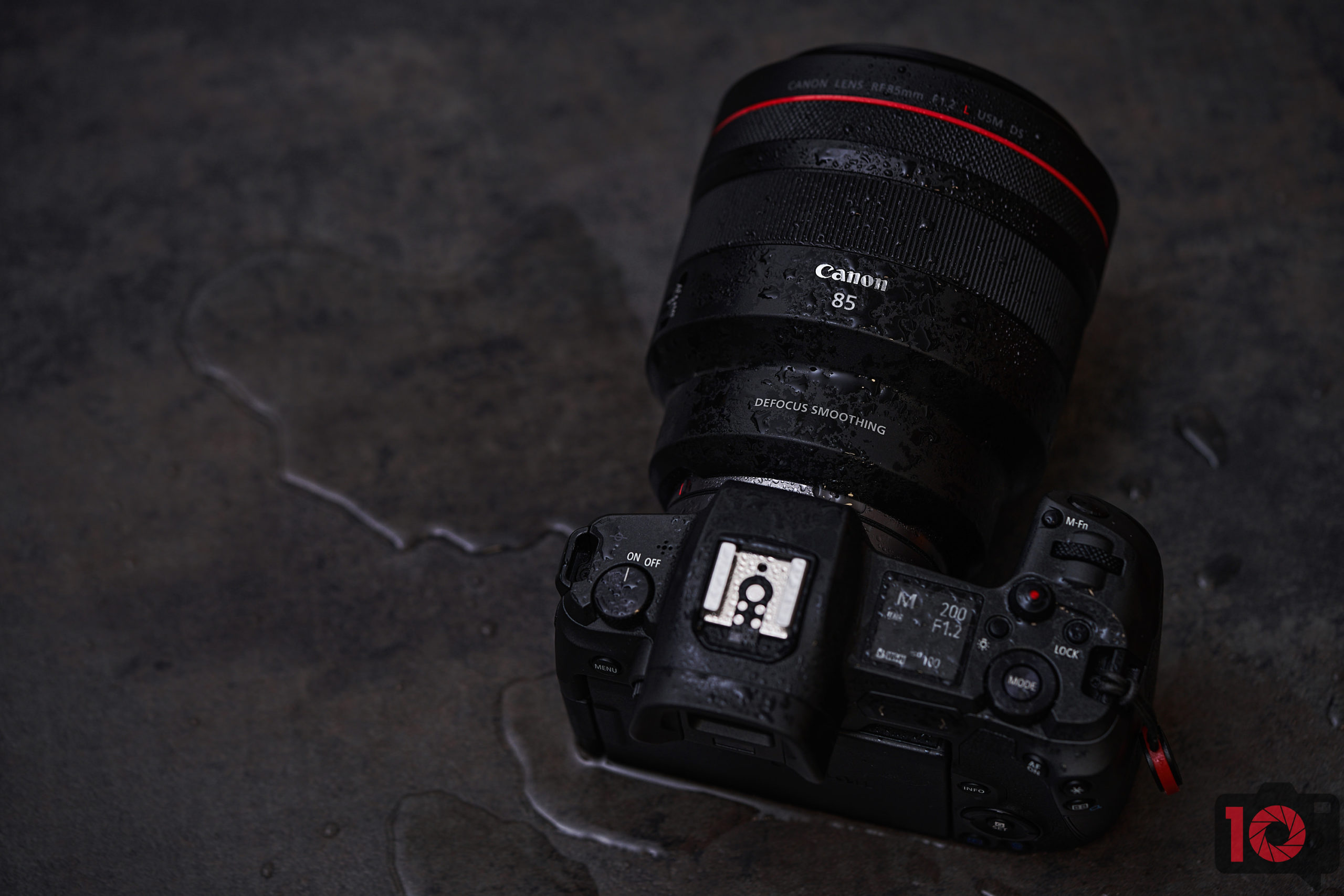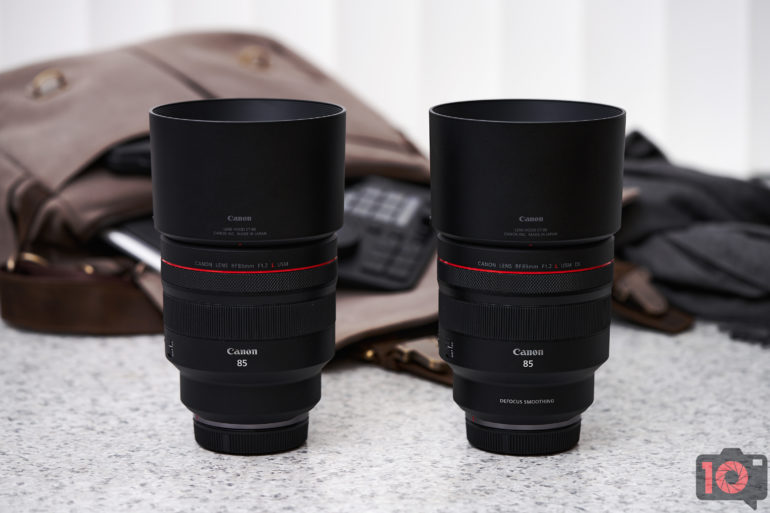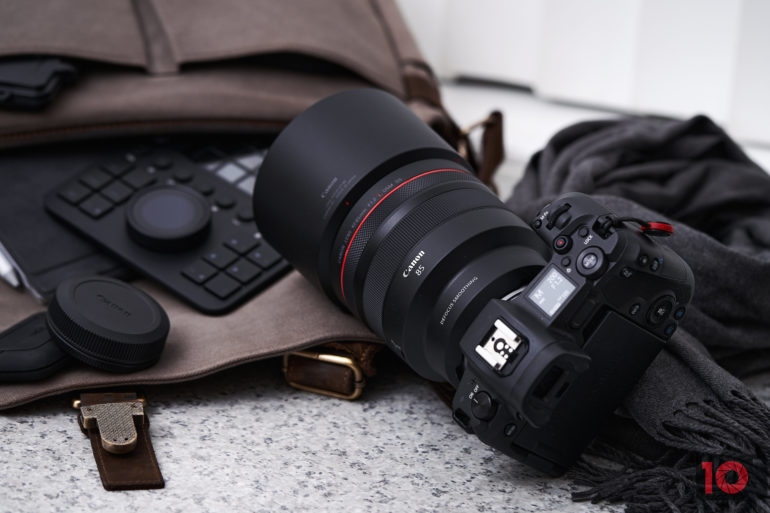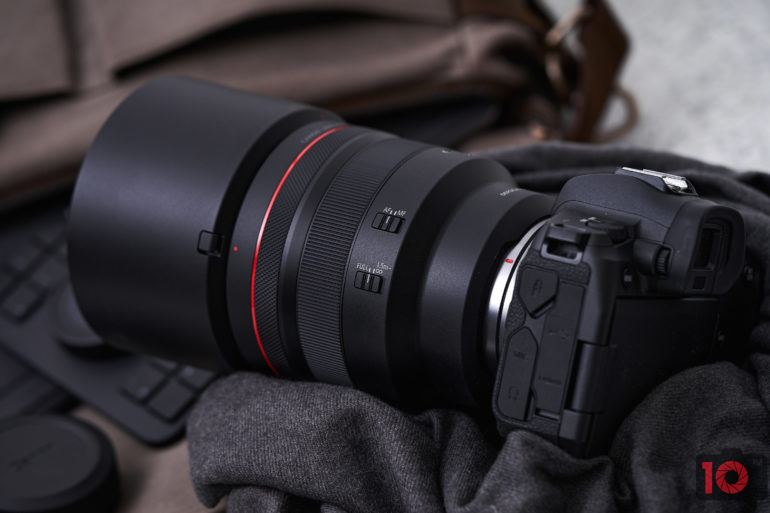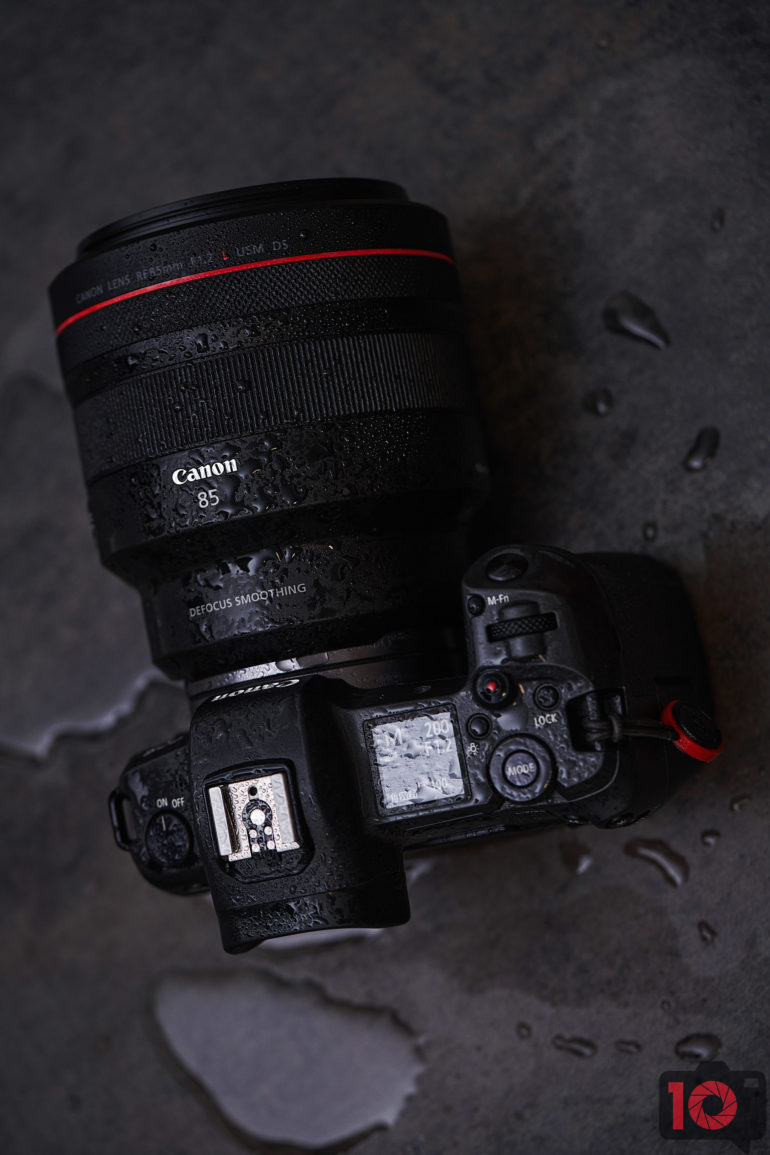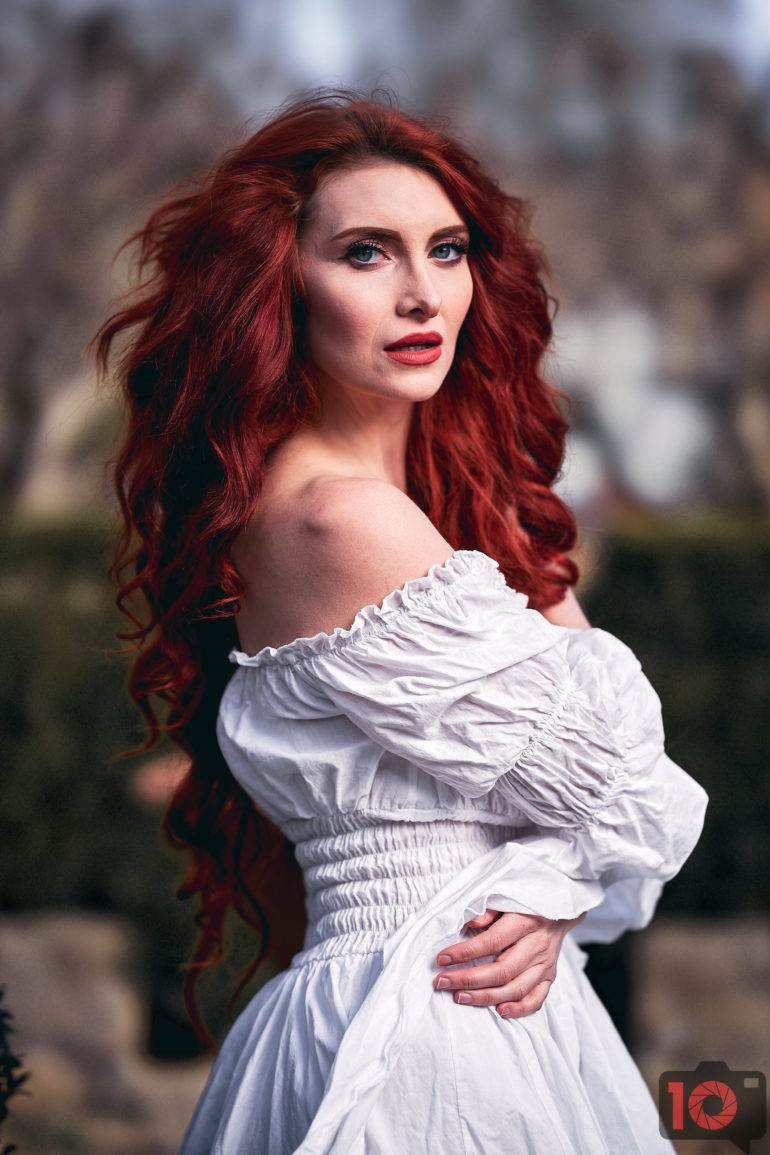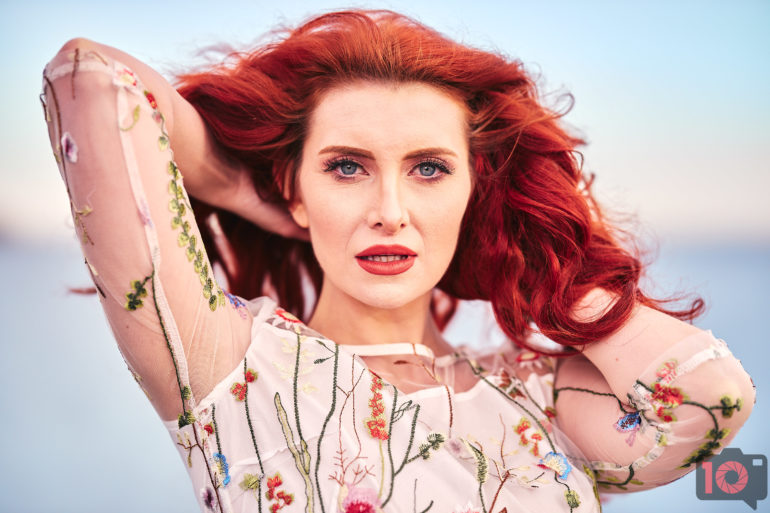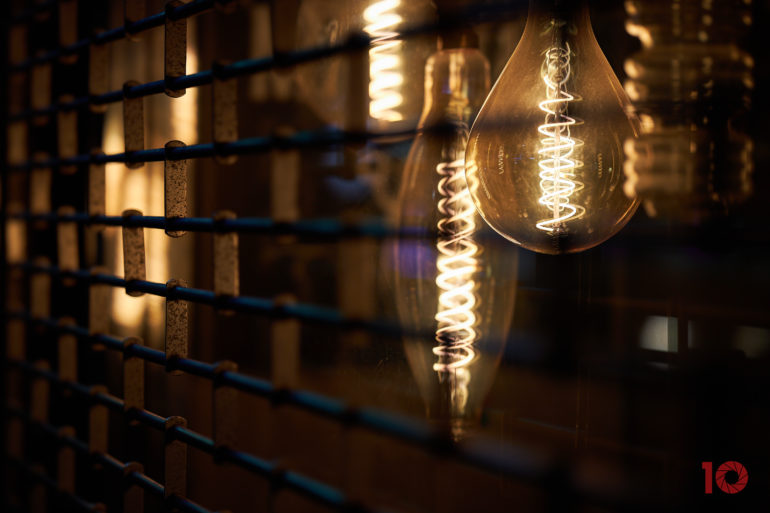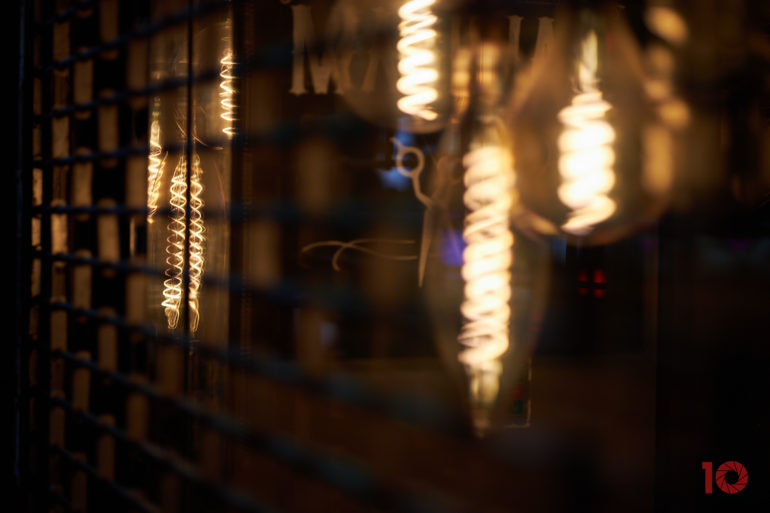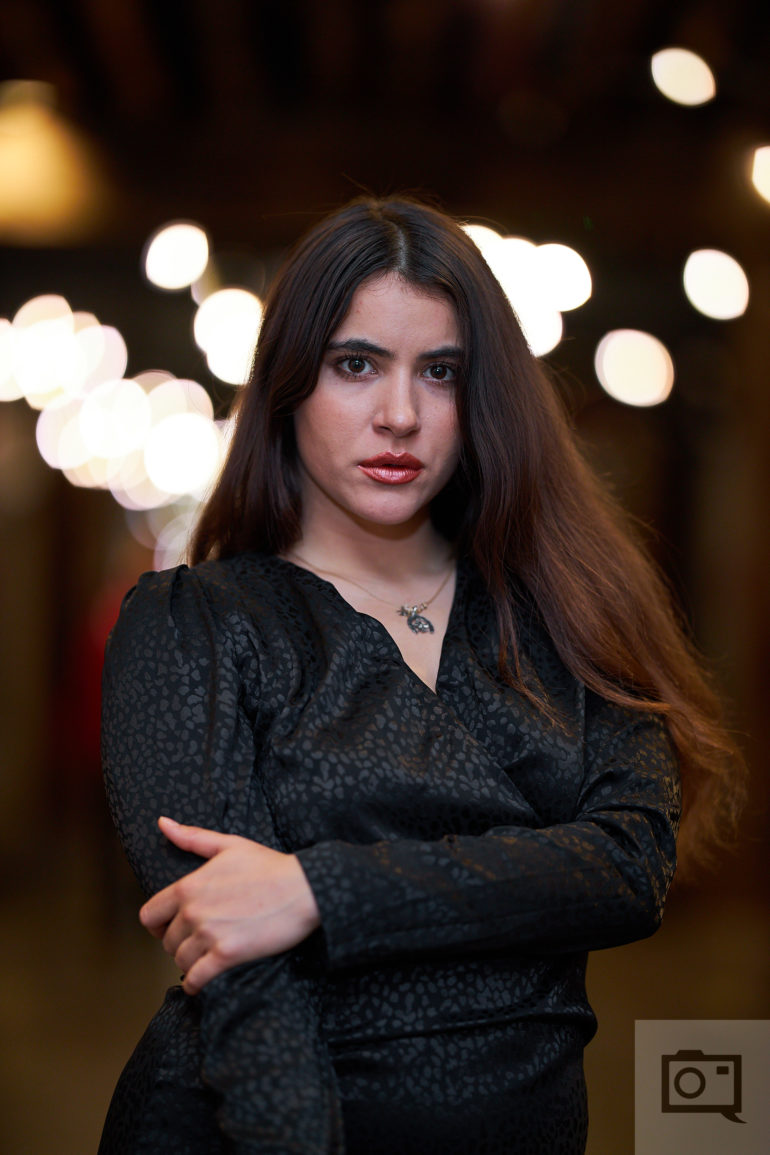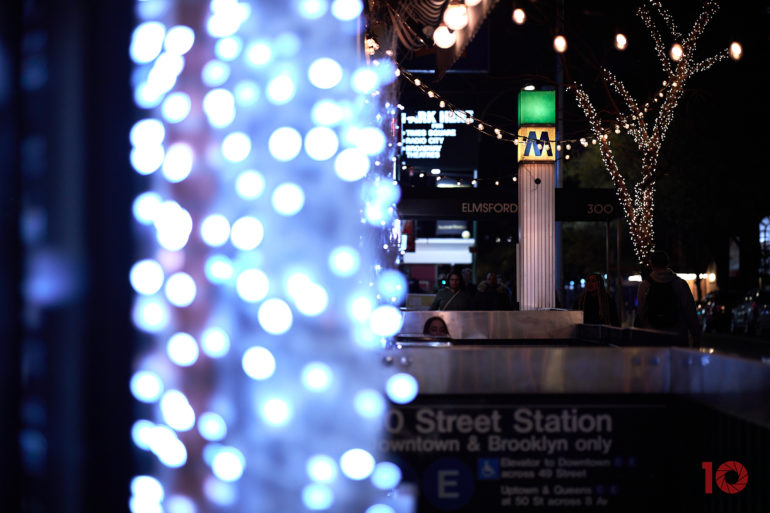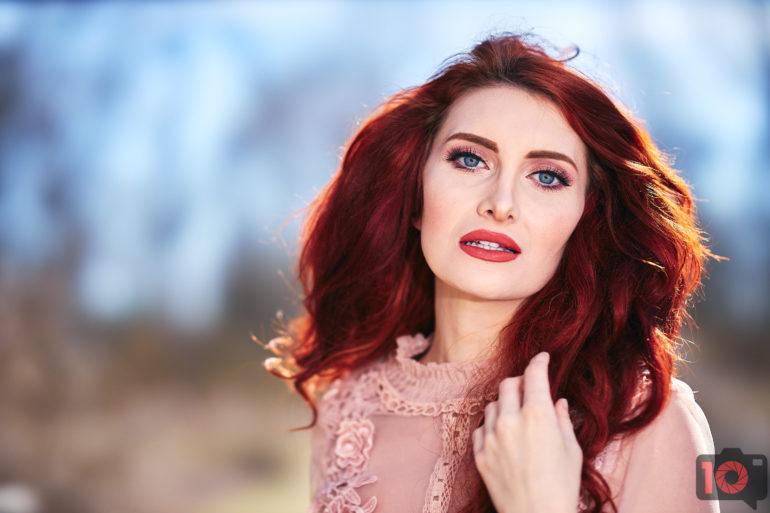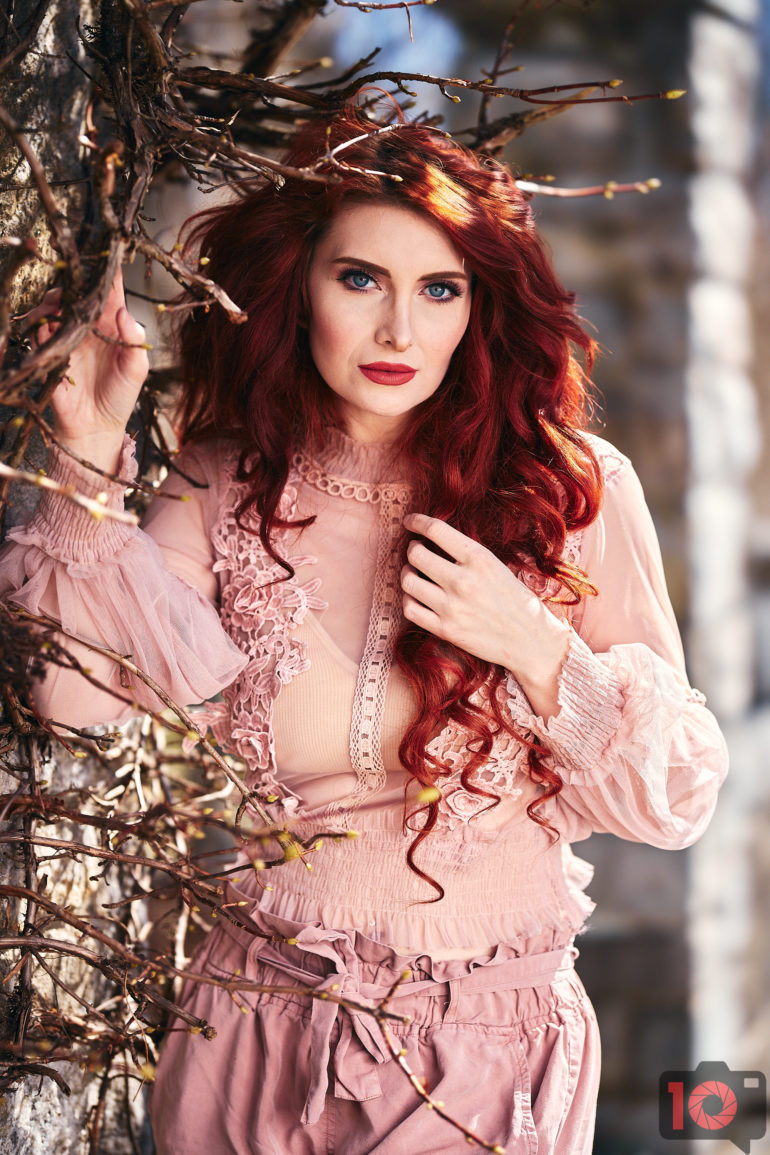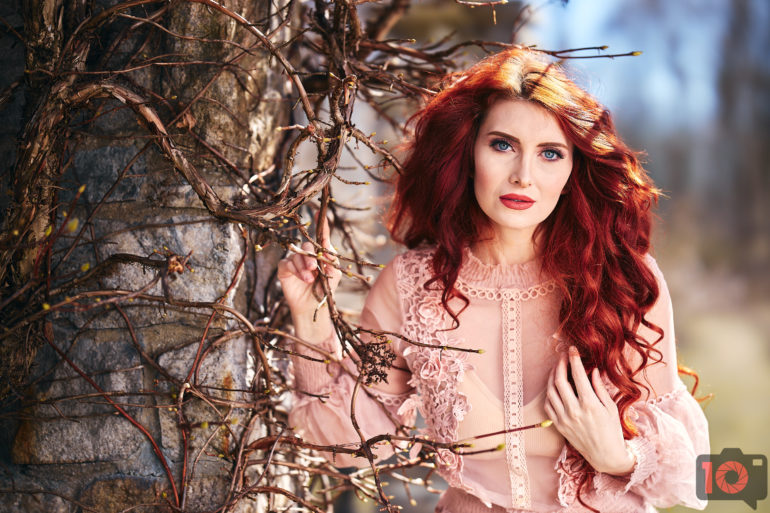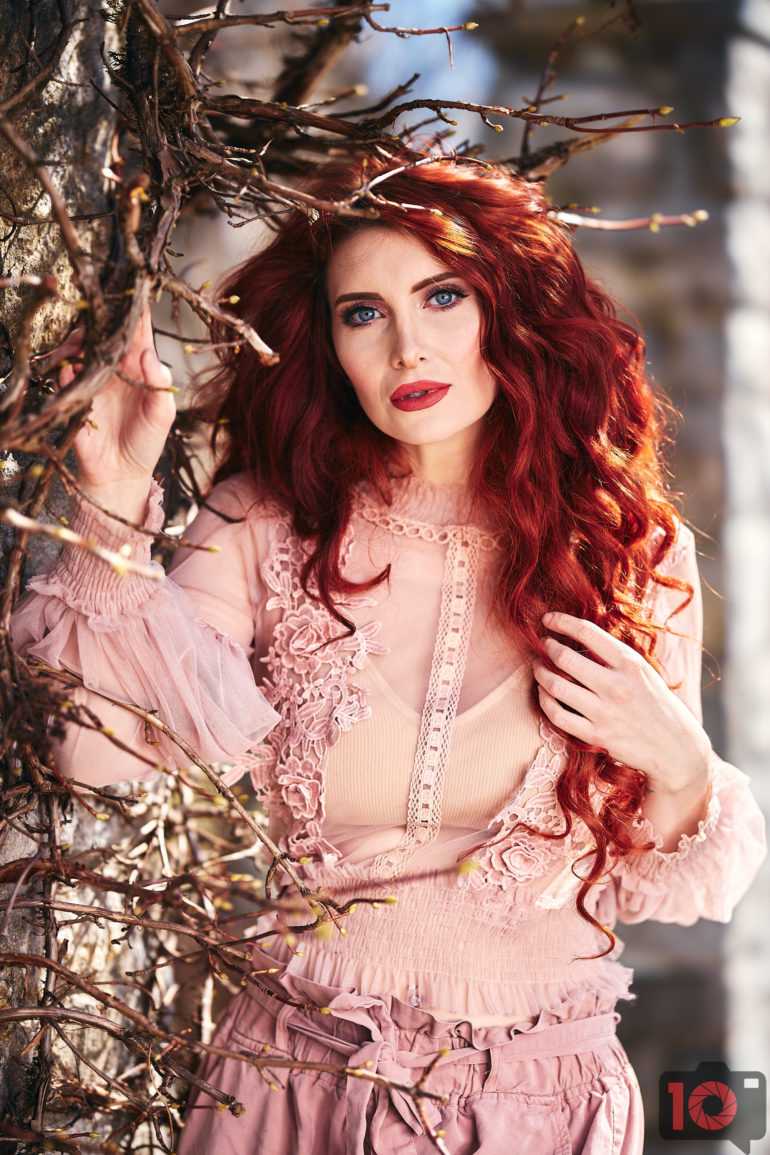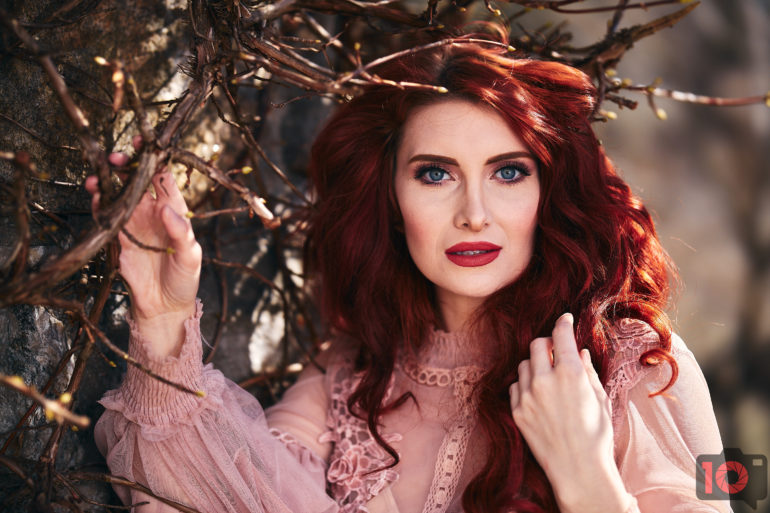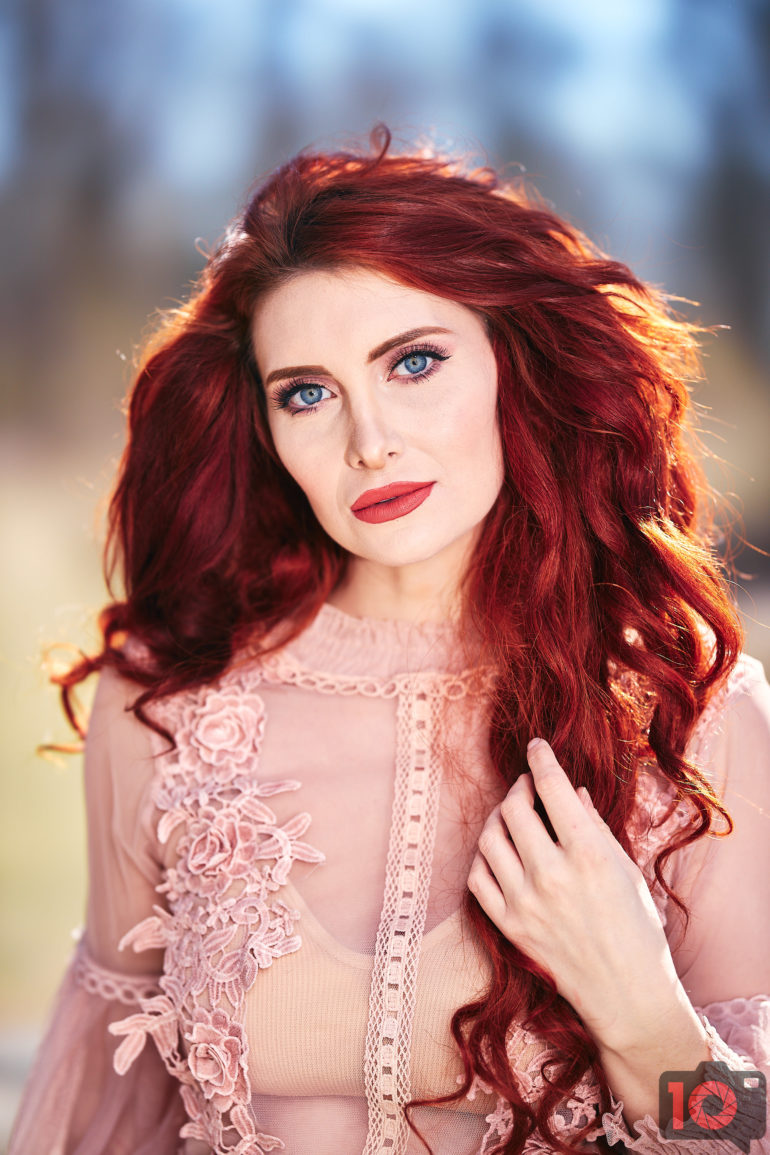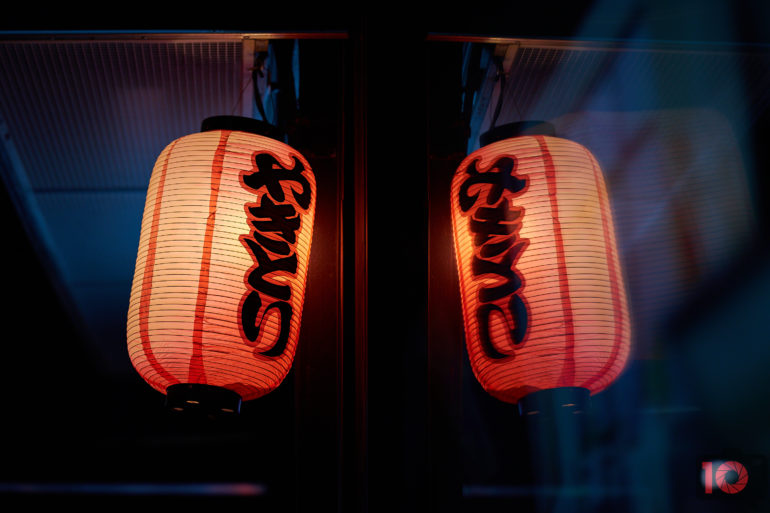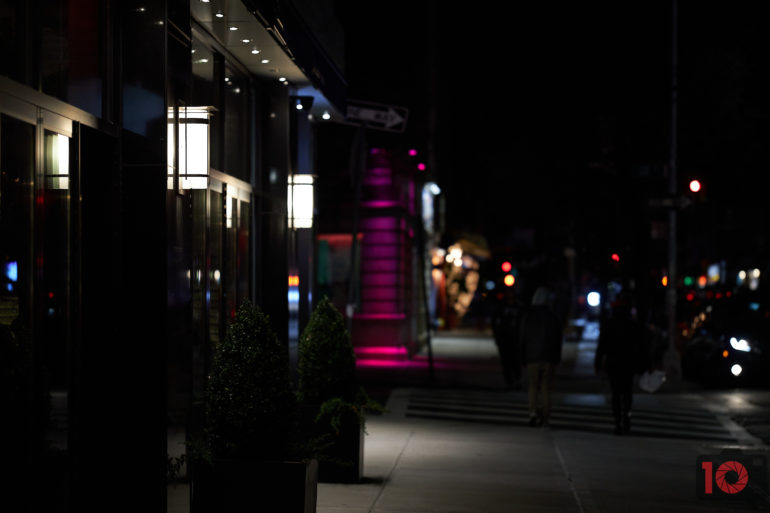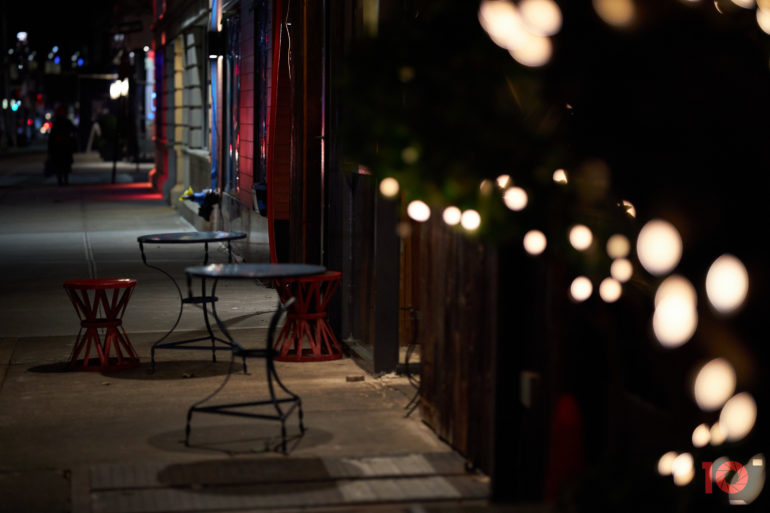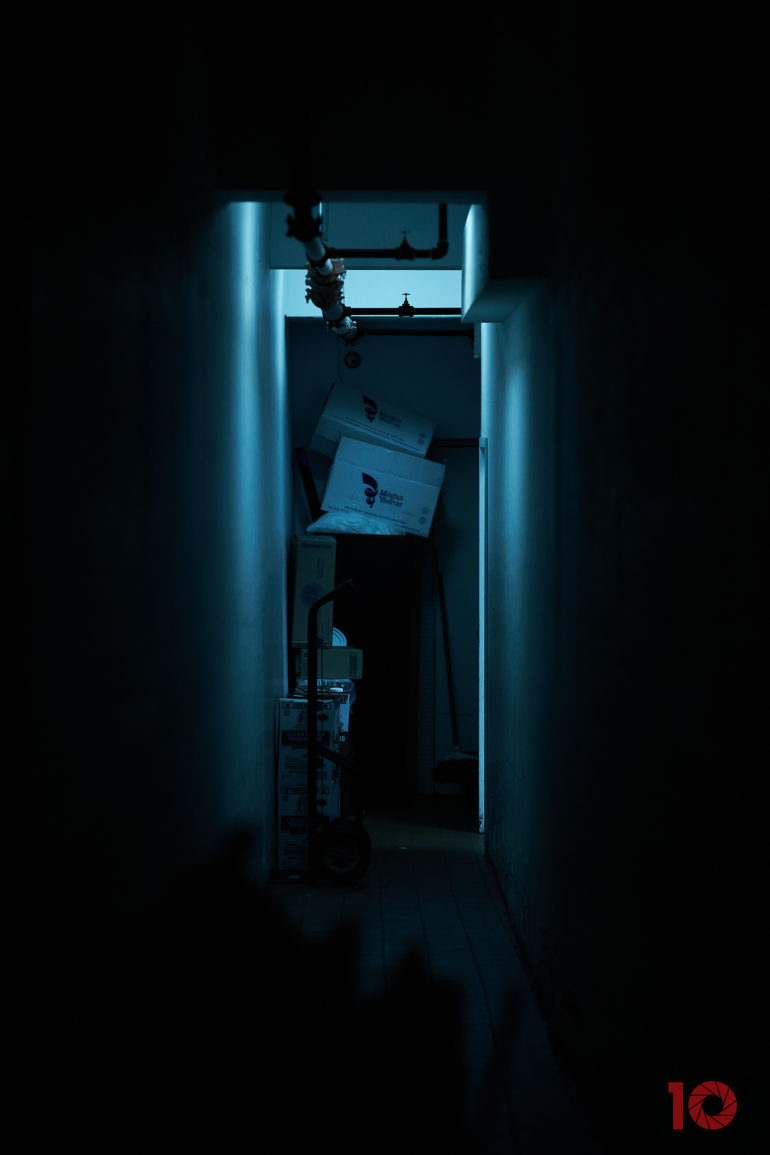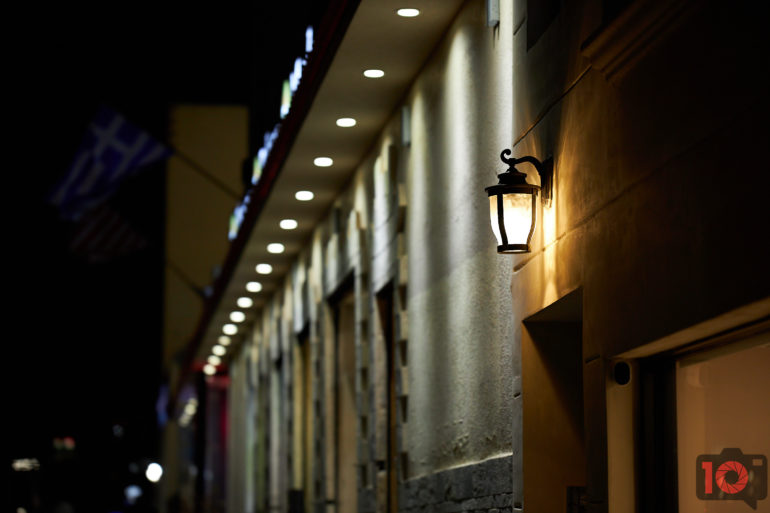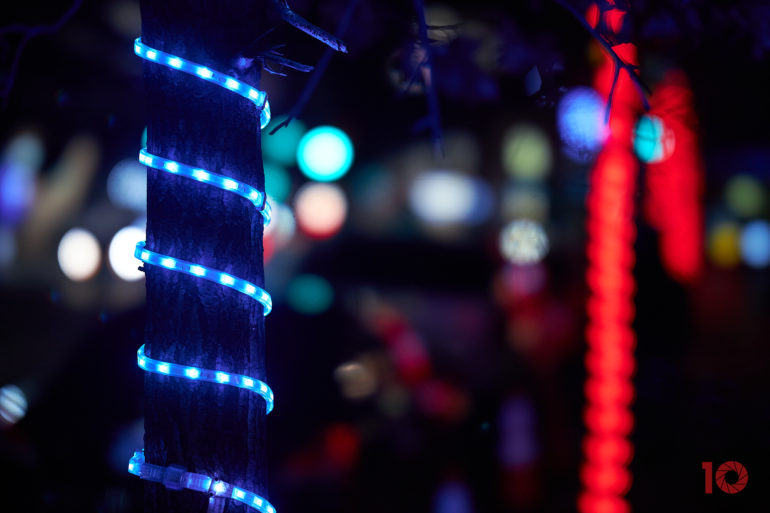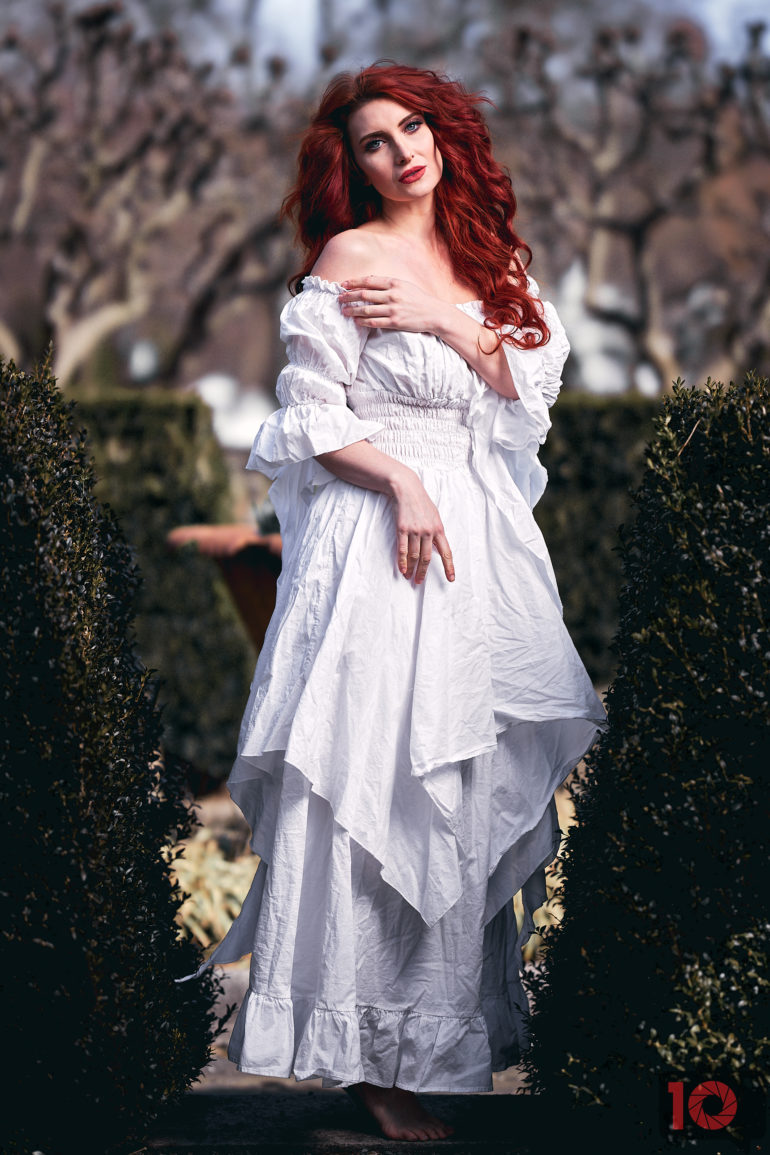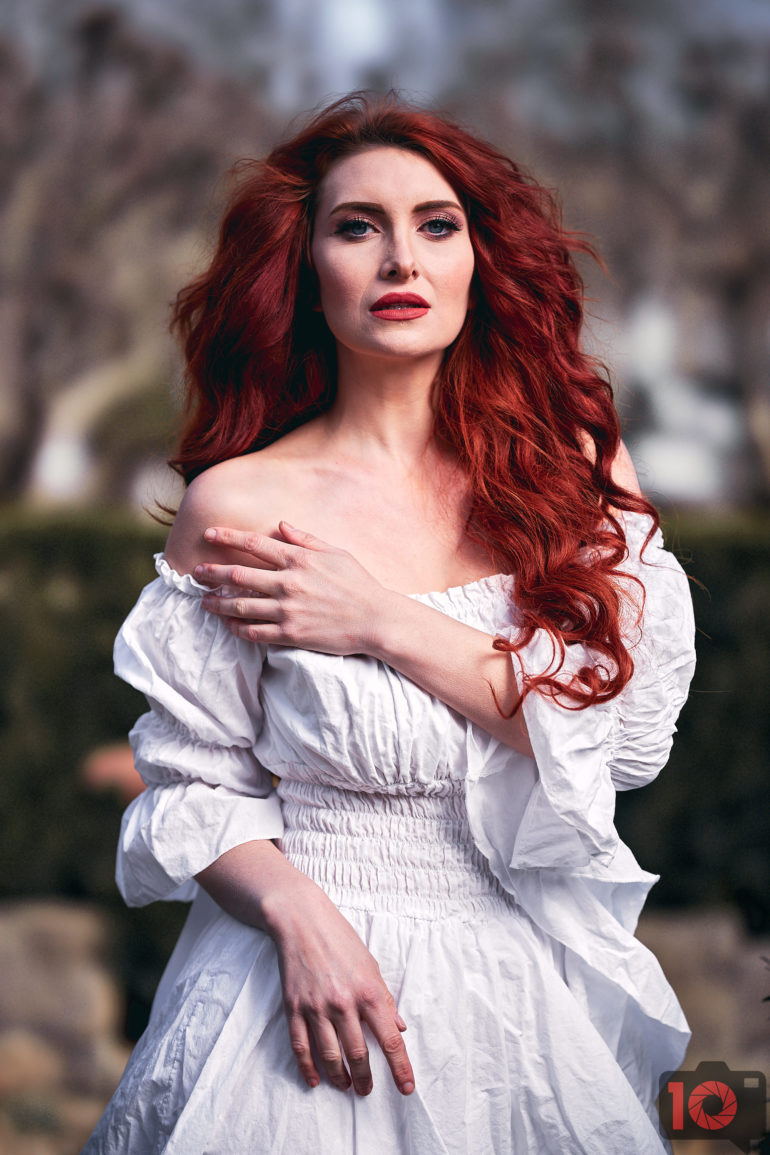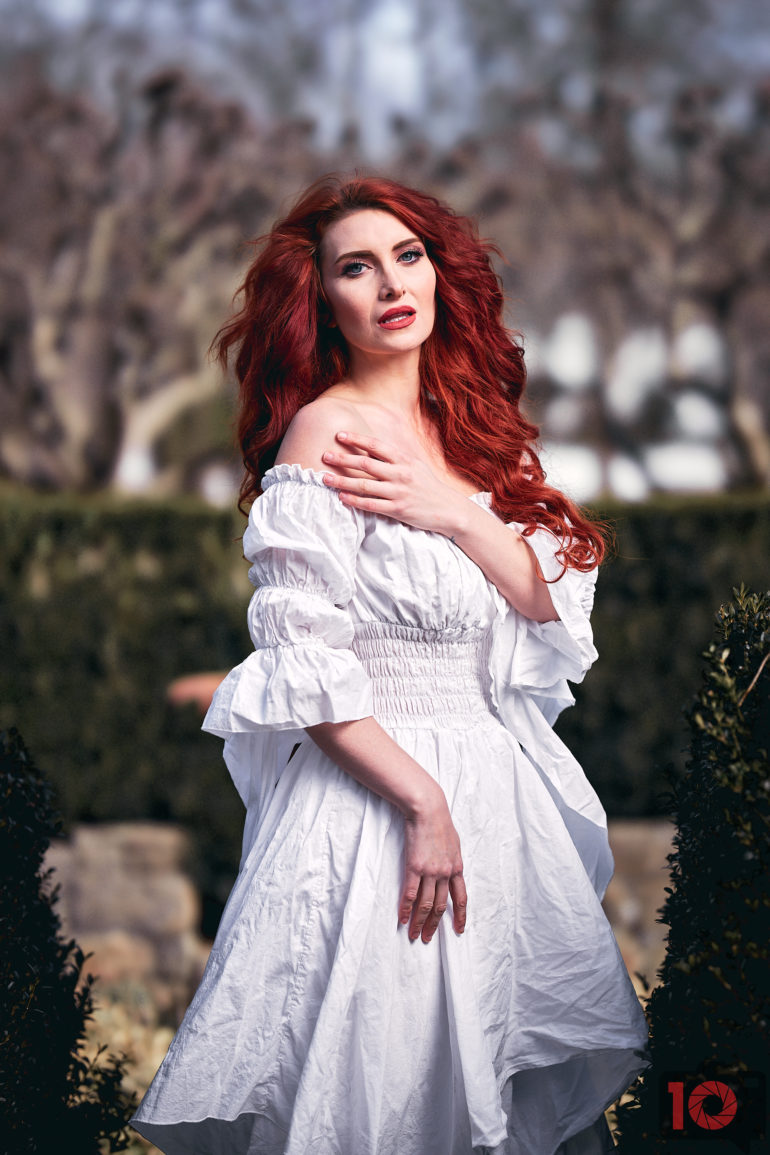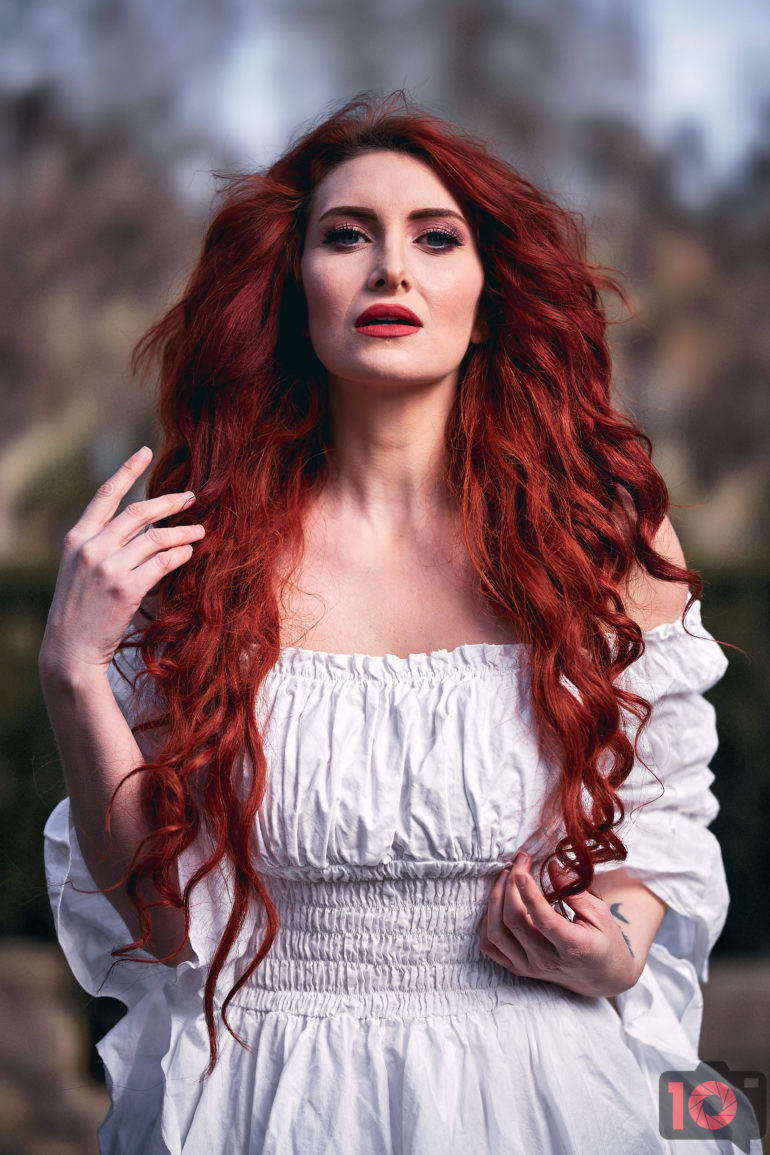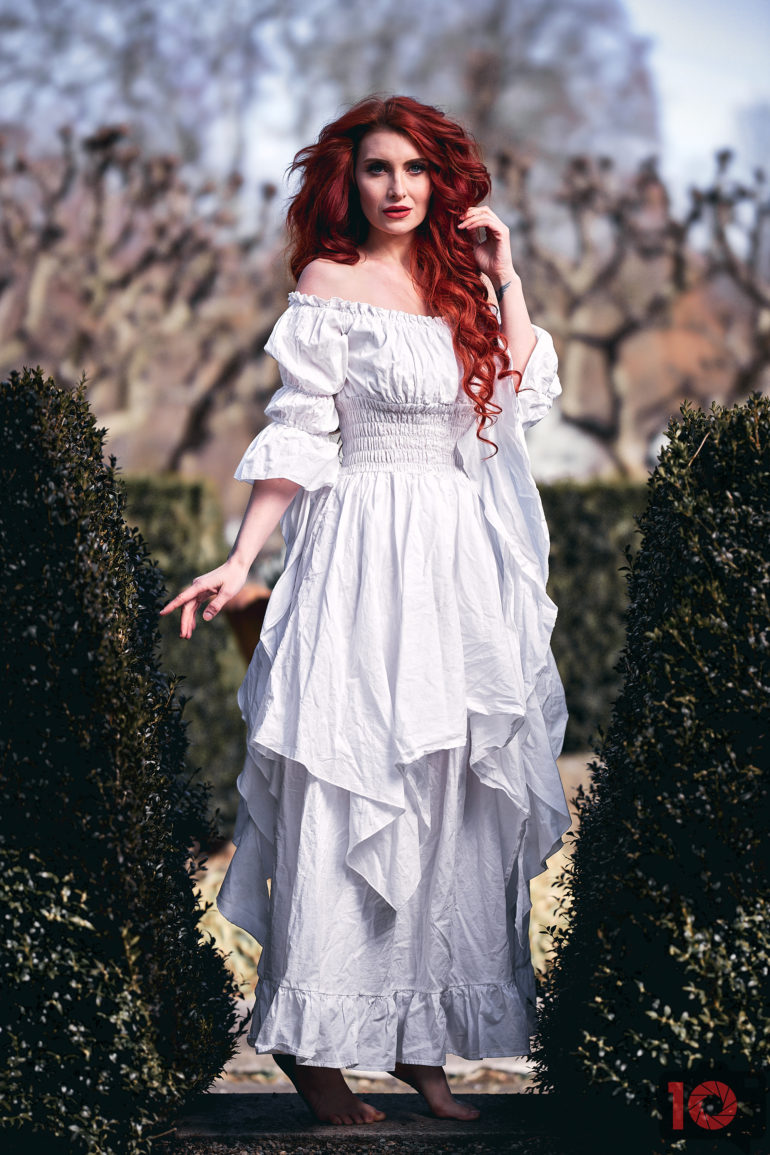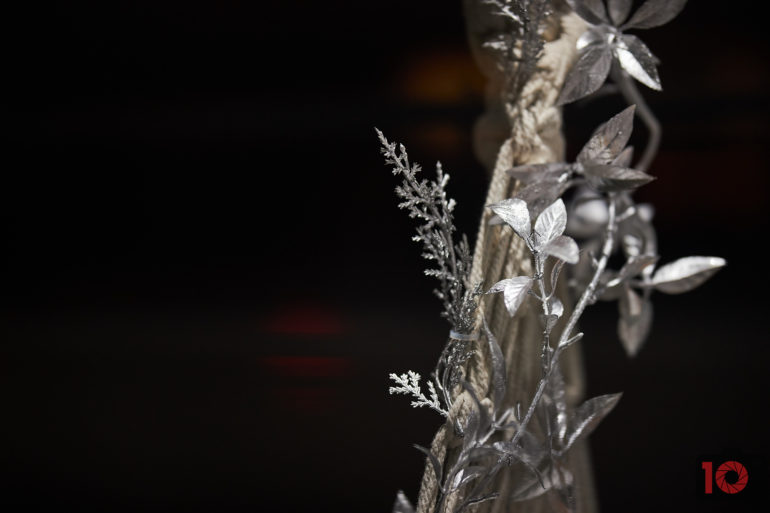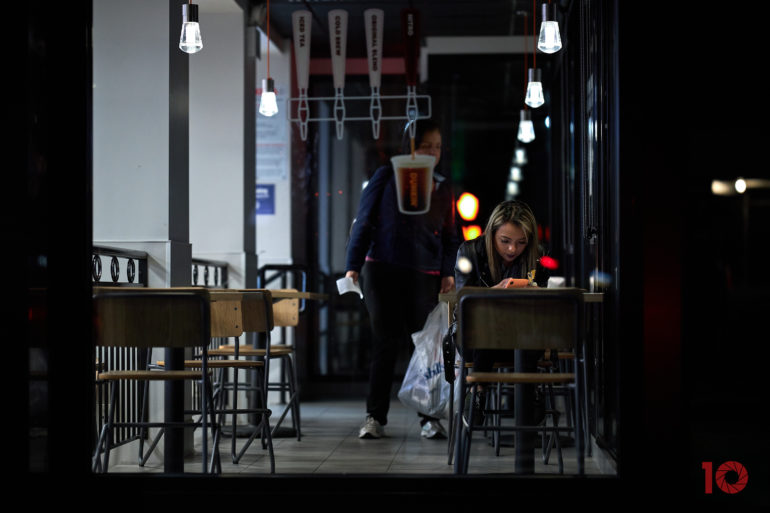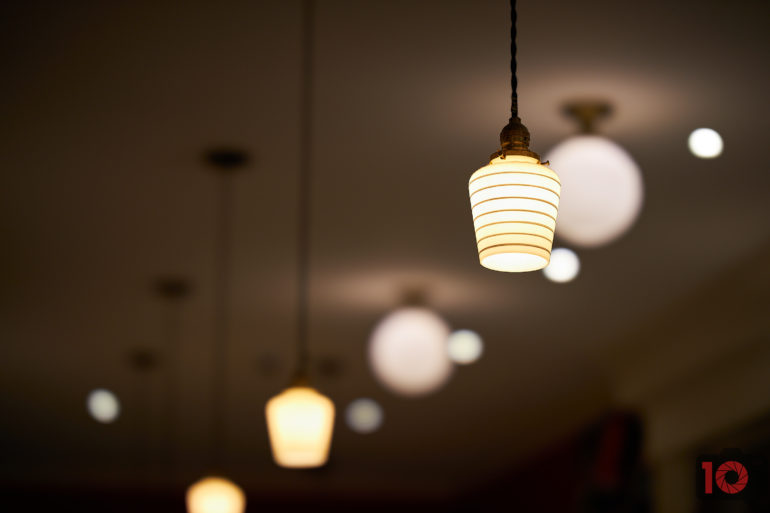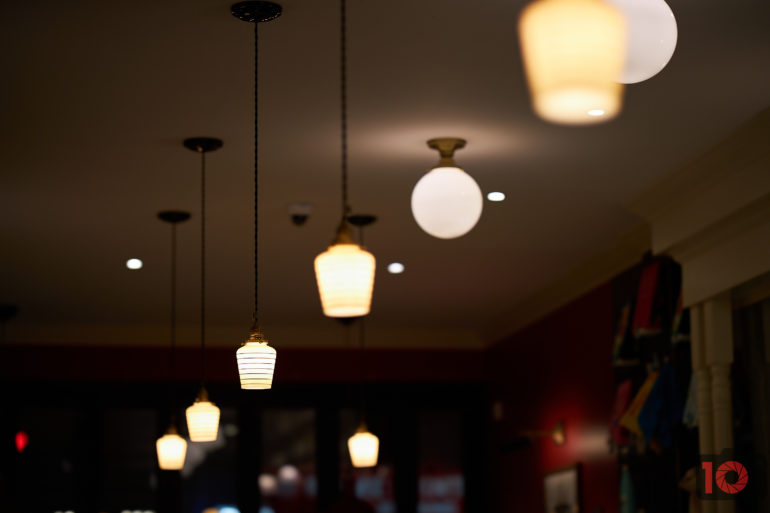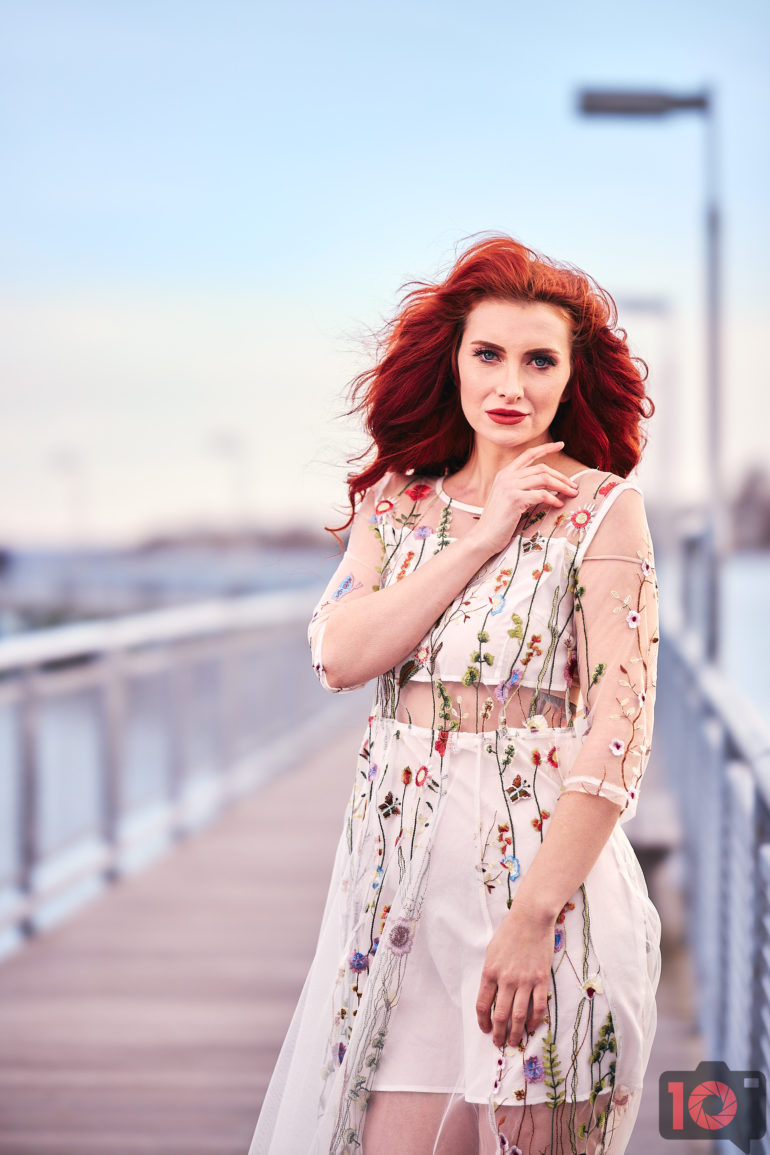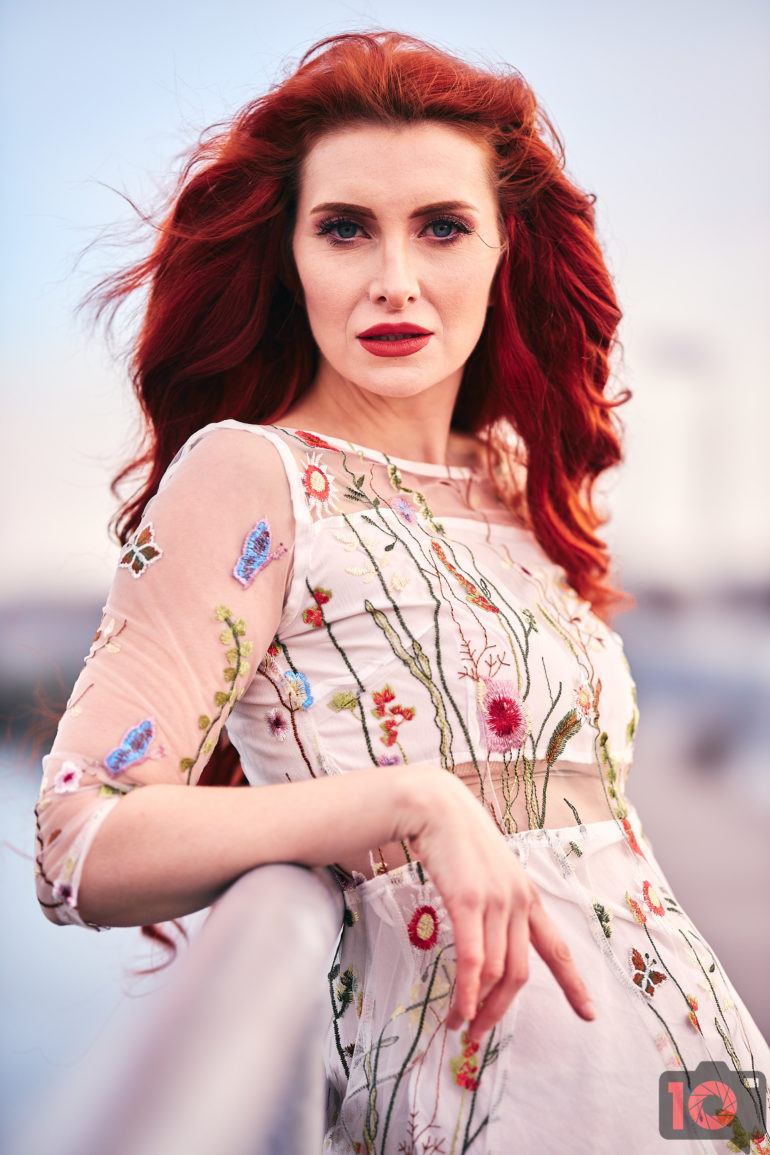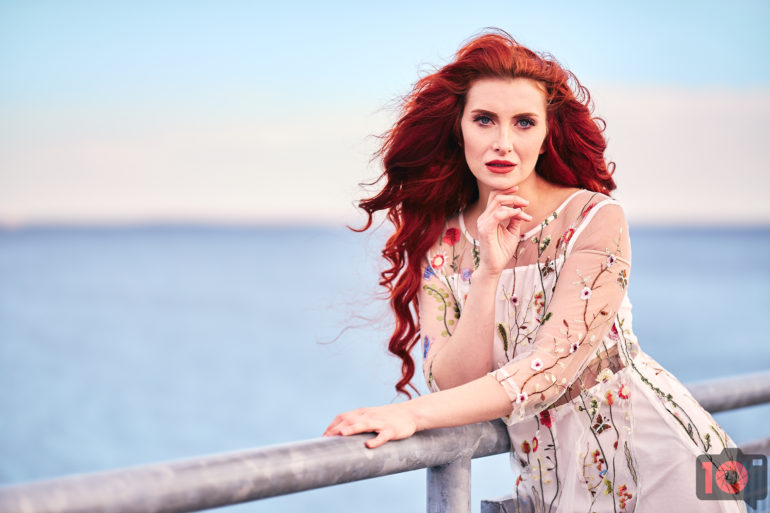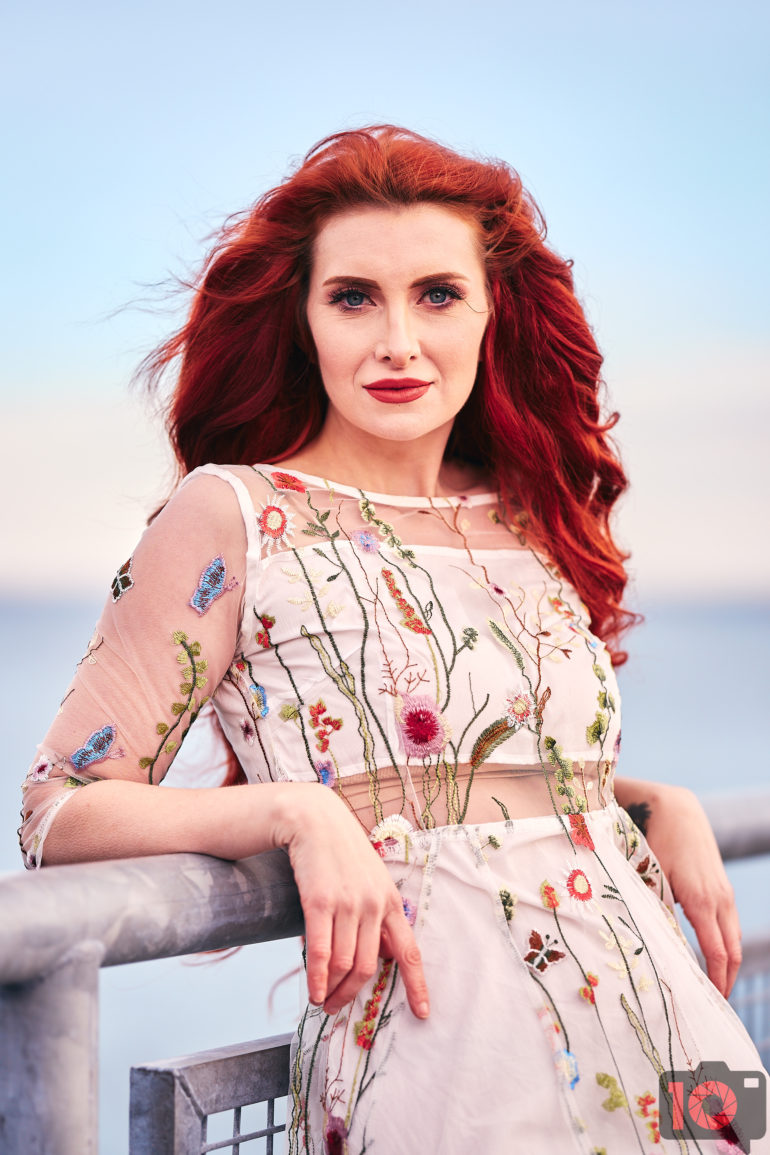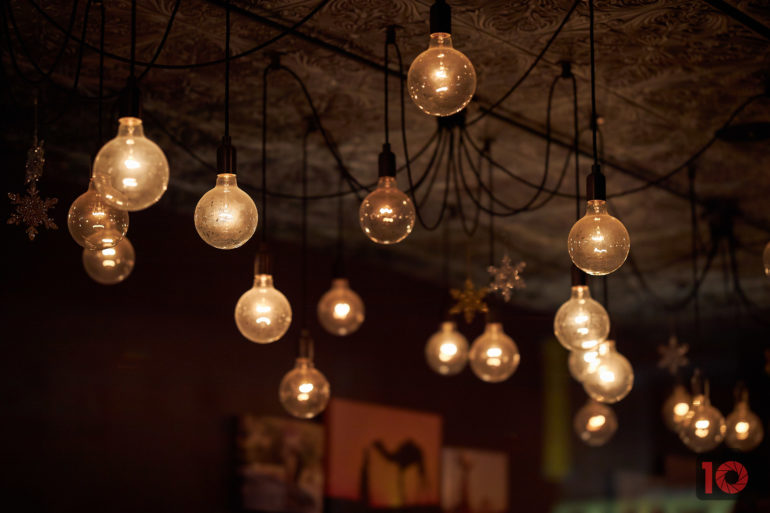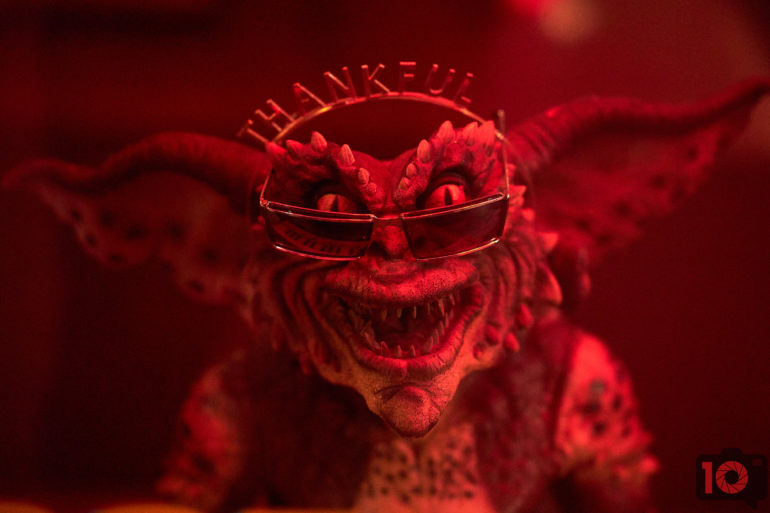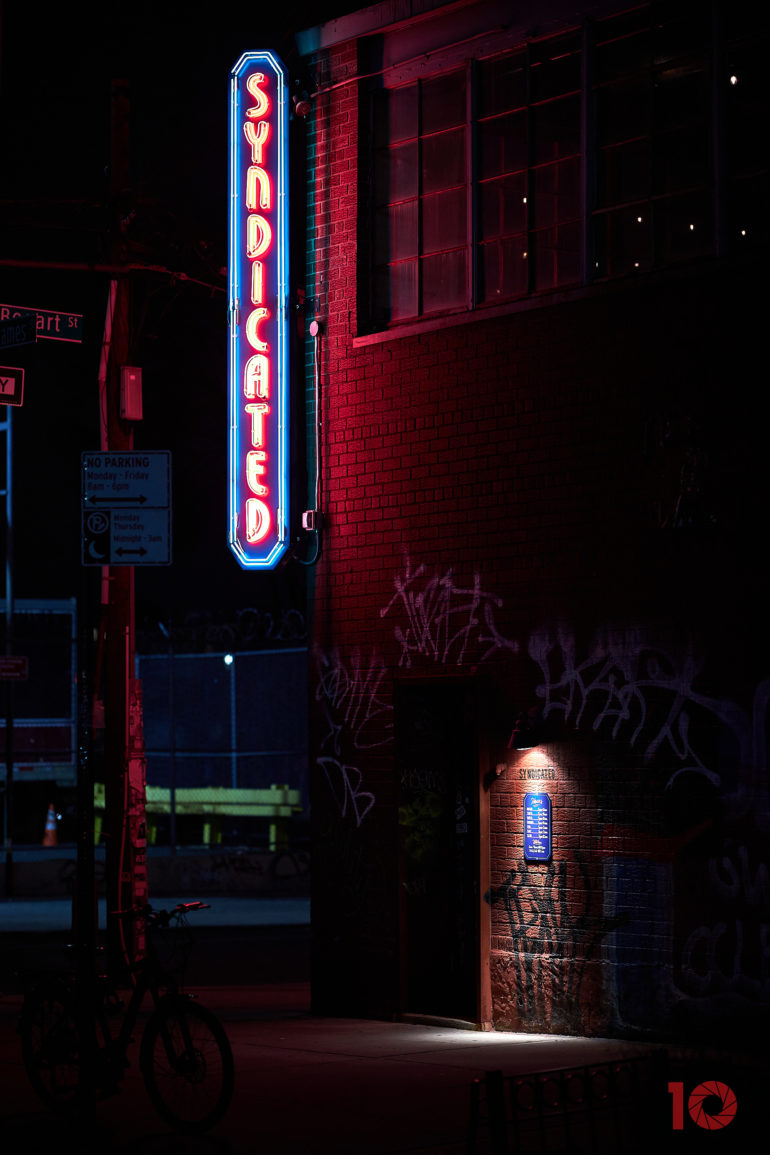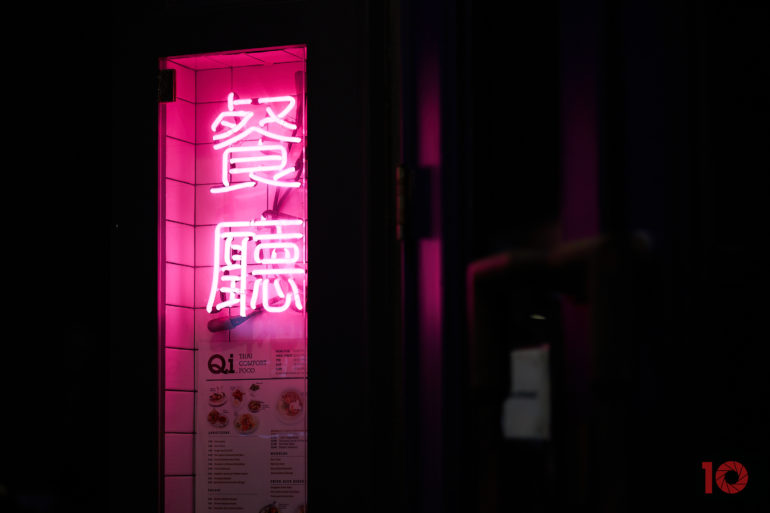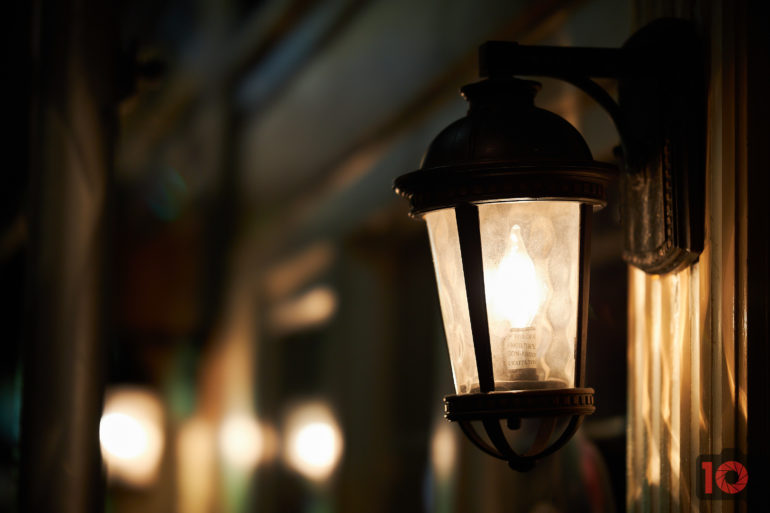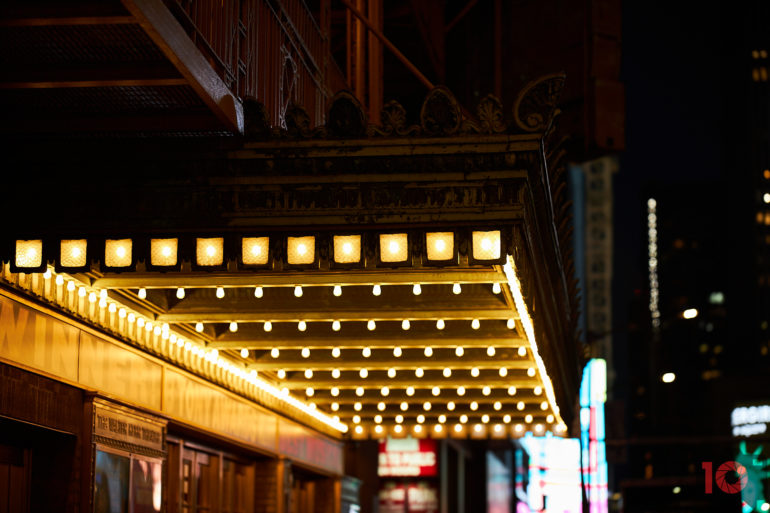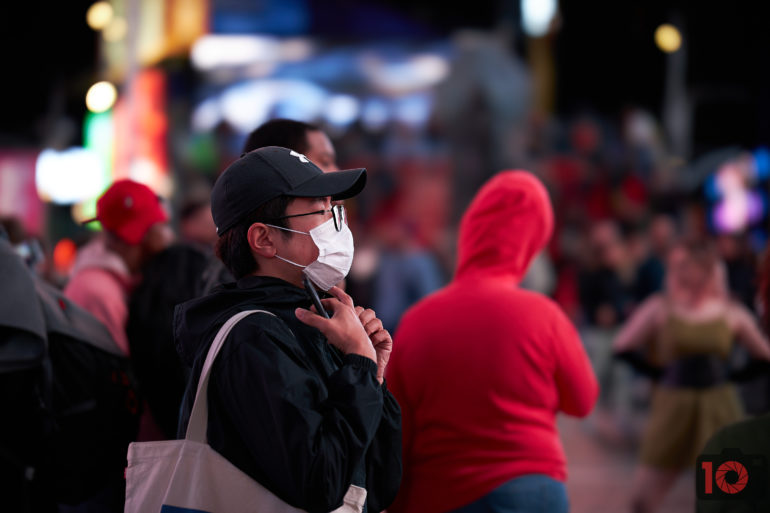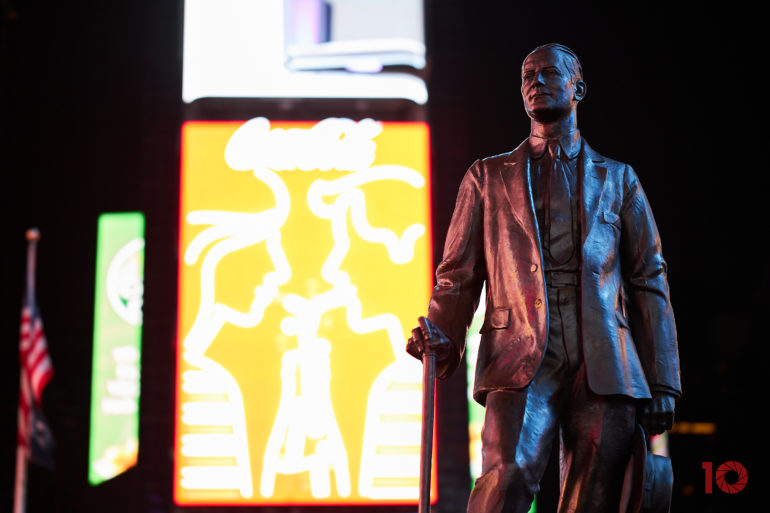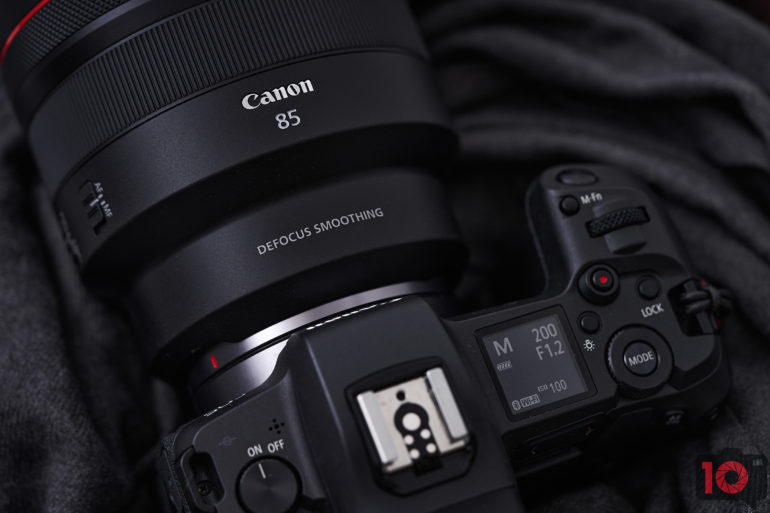The Canon RF 85mm f1.2 L USM DS lens sports brand new Defocus Smoothing coatings to deliver even creamier bokeh than the original RF 85mm f1.2.
In an interesting move, Canon announced the RF 85mm f1.2 L USM DS less than six months after first introducing the original RF 85mm f1.2. The DS is essentially a Special Edition of the original RF 85mm f1.2 portrait lens. What sets the Canon RF 85mm f1.2 L USM DS apart is the new Defocus Smoothing coating incorporated into the new lens, and the $2,999 price tag. This lens coating is designed to reduce the amount of light passing through the lens gradually from the center towards the periphery. The resulting bokeh appears smoother and more pleasing. We found a lot to love about the original RF 85mm f1.2. Does the additional Defocus Smoothing coating deliver and help improve upon the well regarded original?
Table of Contents
Pros and Cons
Pros
- Superb image quality
- Bright maximum aperture
- Gorgeous bokeh
- Autofocuses quickly
- Tack sharp
- Robust weather sealing
Cons
- Hefty
- Not stabilized
- Pricey
Gear Used
We tested the Canon RF 85mm f1.2 L USM DS with the following:
- Canon EOS R
- Flashpoint eVolv 200 Pro
- Flashpoint Xplor 600 Pro
- a variety of light modifiers
Tech Specs
Tech specs for the Canon RF 85mm f1.2 L USM DS taken from Canon’s official product page:
| Focal Length & Maximum Aperture | 85 mm, f1.2 |
| Minimum Focusing Distance | 2.79 ft / 0.85 m |
| Maximum Magnification | 0.12x |
| Lens Construction | 13 elements in 9 groups |
| Special Elements | BR Optical elements in one location, one UD, one ground aspherical lens |
| Special Coating | Fluorine coating, ASC, and DS coating (two surfaces) |
| Filter Size Diameter | Ø 82 mm |
| Aperture Blades | 9 (Circular) |
| IS (CIPA Standard Correction Effect) | Not Available |
| Focus Drive System | Not Available |
| Minimum Overall Length | Approx. 4.62 in. / 117.3 mm |
| Maximum Diameter | Approx. Ø 4.06 in. / Ø 103.2 mm |
| Weight | Approx. 2.63 lbs. / 1,195 g |
Ergonomics
This Ergonomics section is adapted from our Canon RF 85mm f1.2 L USM First Impressions article, updated with product images of the new Defocus Smoothing variant.
In terms of ergonomics, the Canon RF 85mm f1.2 L USM DS is basically identical to the original. As you can see in the above image, the only difference between the original Canon RF 85mm f1.2 and the new DS variant is the “Defocus Smoothing” text silk-screened onto the DS’s lens barrel.
Here we see the Canon RF 85mm f1.2 L USM DS. This lens is a lot like Canon’s other L primes. It’s characterized by the big red ring Canon is known for. Additionally, there is a focus ring and a programmable ring near the front. The exterior has a pebbled matte texture that makes it easier to grip than previous lenses.
Turn to the side, and you’ll find autofocus switches. One switch is for controlling the type of focus, and the other is for the focusing distance. Considering how good Canon’s new focusing system is, I’m baffled as to why this was needed.
“Step aside, Sigma 105mm f1.4. We’ve got a new Bokeh Master in the dojo and its name is the Canon RF 85mm f1.2 L USM DS.”
Build Quality
The Canon RF 85mm f1.2 L USM DS features the same robust weather sealing found in the non-DS original. Unless you plan on taking your lens and camera for a swim, there’s not much you’ll need to worry about. Like the original RF 85mm f1.2, the DS version is a substantial lens. While I never found the lens to feel front heavy when paired with an EOS R, mating it to an EOS RP may be a different story.
Ease of Use
Due to the utilization of DS coatings, the Canon RF 85mm f1.2 L USM DS lets in slightly less light (roughly a stop) than the original non-DS lens. You can compensate for this easily when shooting with the RF 85mm f1.2 DS in low light scenarios by raising your camera’s sensitivity. Aside from this one notable difference, the two lenses basically operate identically.
The remainder of this Ease of Use section is adapted from our review of the original Canon RF 85mm f1.2 L USM.
Despite its hefty size and weight, the Canon RF 85mm f1.2 L USM DS is pretty straight forward to use. As someone who often shoots with their camera in manual mode, I tend to lock the ISO using the touch bar on the back of the EOS R while using the top and rear dials to adjust the aperture and shutter speed. I seldom needed to use the customizable control ring located towards the front of the lens barrel. But, on the off chance that I need to make quick ISO adjustments, the customizable control ring allows that without having to deal with the EOS R’s annoying touch bar. While there is a focus distance toggle on the side of the Canon RF 85mm f1.2 L USM DS, I found it quicker to toggle the lens into manual focus mode and dial in focus using the EOS R’s excellent focus peaking system during rare instances where the lens would hunt while trying to focus on relatively close objects. Obviously, your mileage may vary depending on how you shoot.
Autofocus
Unless you’ve updated your RF mount camera recently, you’ll likely be prompted to do so when you first mount the Canon RF 85mm f1.2 L USM DS onto your camera. Once the camera firmware’s been updated, you’re ready to start shooting. The RF 85mm f1.2 DS’s autofocus performance felt every bit as responsive as the original non-DS lens. Both Face Detection AF & Tracking and Eye Detection AF were prompt and accurate. This helped to keep track of moving subjects and get their eyes in focus.
Image Quality
When we first reviewed the Canon RF 85mm f1.2 L USM, we found it to be one of the best 85mm lenses we’ve ever tested. Somehow, Canon managed to kick things up a notch by adding Defocus Smoothing coatings to the mix. The resulting images are truly remarkable.
Bokeh
When we reviewed the Canon RF 85mm f1.2 L USM, we absolutely loved the quality of the bokeh the lens produced. With the DS variant, Canon cranked the bokeh dial all the way up to 11. The Defocus Smoothing coatings that Canon applied to the RF 85mm f1.2 L USM DS gradually reduce the amount of light passing through the lens from the center outward to the periphery.
Thanks to the Defocus Smoothing coatings, the transition between in-focus and out-of-focus elements in both the foreground and background is velvety smooth. This results in even creamier bokeh than what the non-DS original was capable of.
As the above sample images clearly demonstrate, the bokeh characteristic is the most notable differentiator between the original Canon RF 85mm f1.2 and the RF 85mm f1.2 DS. When shooting with the original Canon RF 85mm f1.2, point light sources within your frame exhibit clear outlines. With the Canon RF 85mm f1.2 DS, outlines surrounding point light sources appear much smoother and gradual. Step aside, Sigma 105mm f1.4. We’ve got a new Bokeh Master in the dojo and its name is Canon RF 85mm f1.2 L USM DS.
Chromatic Aberration
Chromatic aberrations were a non-issue when shooting with the Canon RF 85mm f1.2 L USM DS. We didn’t notice any color fringing or significant distortions, likely thanks to the combination of the Blue Spectrum Refractive Optics and the Defocus Smoothing coatings.
Color Rendition
Like its non-DS cousin, the Canon RF 85mm f1.2 L USM DS renders colors vibrantly and accurately. There’s plenty of micro-contrast as well. The colors straight out of the camera are good enough that you can get away with shooting jpegs only. We’d still recommend shooting raw if you want to get the most out of your images though.
Sharpness
The Canon RF 85mm f1.2 L USM DS inherits the incredible sharpness of its non-DS counterpart. While the natural-light-or-bust crowd may argue that flash is superfluous when shooting with such a bright lens, it does help guarantee the sharpest results. When combined with the characteristic creamy bokeh, subjects retain tons of details and appear to practically pop out of the frame.
Additional Image Samples
Here are some additional images we shot using the Canon RF 85mm f1.2 L USM DS mated to a Canon EOS R. Some of the sample images seen within this review have been color graded and/or cropped. As a matter of ethics, however, none of the sample images seen within this review have been retouched so that you can judge the quality of the images produced by the Canon RF 85mm f1.2 L USM DS for yourself.
Conclusion
Likes
- Bokeh
- Robust build quality and weather-sealing
- All the bokeh
- Gorgeous image quality
- Did we mention the bokeh? It’s bokehlicious!
Dislikes
- Pricey (the MSRP is US $2,999!)
- Could really benefit from stabilization
Although Canon is still playing catch-up in terms of Mirrorless, they’ve been doing a bang-up job at bolstering their lens line up. With that said, their decision to introduce the RF 85mm f1.2 DS less than six months after the original’s release is interesting. The Canon RF 85mm f1.2 L USM DS incorporates a brand new Defocus Smoothing coating to the already well regarded RF 85mm f1.2. The Defocus Smoothing 85mm improves upon the original lens’s bokeh characteristics while maintaining the same level of exceptional sharpness, micro-contrast, and overall stellar image quality. Autofocus performance with the RF 85mm f1.2 DS continues to be responsive and accurate. The tank-like build quality and robust weather-sealing were carried over from the original as well, with the size and weight to match.
While the lens carries a US $300 premium over the original non-DS lens, it’s a worthwhile investment for bokeh-hungry photographers who will settle for nothing but the very best. Still, an MSRP of US $2,999 is steep by anyone’s standards. If you already own the (less than a year old) original, the RF 85mm f1.2 DS is even harder to justify. Perhaps Canon will offer some sort of conversion/upgrade service for the original RF 85mm f1.2? Will we see more Defocus Smoothing versions of existing lenses to be released as well? Only time will tell.

The Canon RF 85mm f1.2 L USM DS earns five out of five stars as well as our coveted Editor’s Choice Award. You can pick one up for yourself on Amazon.


